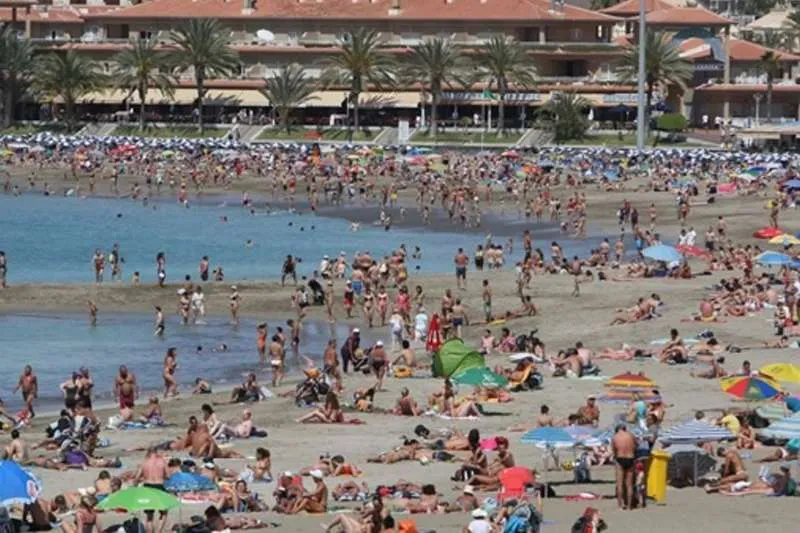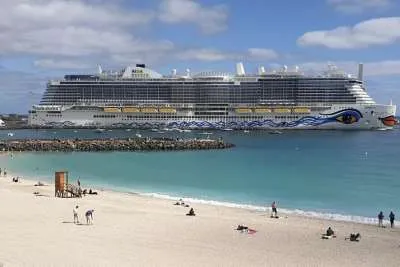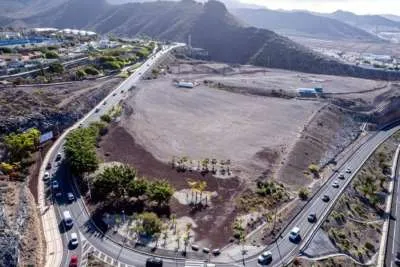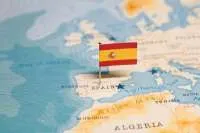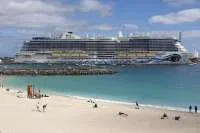Government says data shows that the tourism situation is not as bad as people claiming
- 14-04-2024
- National
- by Canarian Weekly
- Photo Credit: Archivo
Next Sunday (April 20th) there are demonstrations across the Canary Islands about tourism. Contrary to the British press speculation they are NOT about tourists being unwelcome in the Islands nor do the islands underestimate the importance of tourism and tourists of all nationalities coming on holiday to the archipelago.
According to the organisers of the protests, the demonstrations are for a different model of tourism, because they believe that the current ‘mass tourism’ model isn’t sustainable, is causing a lack of housing, traffic problems, poverty, environmental problems, and are calling for a “fairer distribution” of the wealth caused by the main economic activity in the islands.
However, although the Government acknowledge the problems and the demonstrations, they are asking for people to be sensible and responsible when making the claims so as not to harm the island's income and “bite the hand that feeds us”.
Ahead of next Sunday, they have released data regarding the current situation of tourism in the islands with nine main points that claim to highlight that the situation is not as bad as people are claiming.
1. 40% of Island Jobs Linked to Tourism:
Tourism has created nearly 20,000 new jobs between 2019 and 2023, representing almost a 9% increase from pre-pandemic levels. When considering indirectly created employment, the figure rises to 30,000. Tourism accounts for 20% of new jobs in the Canary Islands and is the primary source of employment, with nearly 40% of jobs now dependent on it.
2. Poverty Reduction Tractor Effect:
With the growth in tourism from 2019 to 2023, the Arope poverty index in the Canary Islands decreased from 38.3% to 33.8%, according to government data.
3. Contribution to Archipelago Wealth:
Tourism contributes 35.5% to the Canary Islands' GDP, which is steadily increasing each year. The rise in tourist spending and related revenue generation has boosted its share of the economy from 32.9% in 2019 to 35.5% in 2022.
4. Tax Revenue from Tourism:
Tourism contributed €3.44 billion to the Canary Islands' tax revenue in 2022, approximately 37% of the total. Interestingly, only 10.7% of public spending is allocated to tourism, leaving a surplus that is directed towards sectors such as healthcare, education, and social welfare.
5. Less Overcrowding Compared to Other Destinations:
Despite receiving a similar number of tourists as the Balearic Islands in 2023, the Canaries distributes its visitors evenly across all months of the year with an average stay of 9.47 days, unlike the concentrated influx experienced by the Balearics between April and October.
6. Decline in Traditional Holiday Accommodation:
The number of hotel and apartment accommodations decreased by 8.1% between 2019 and 2023, with a significant reduction in apart-hotel accommodation on offer by 26%. This decline is attributed to renovation efforts prioritising the quality of resorts over quantity.
7. Tourist-to-Resident Ratio:
There is one tourist for every 10 residents in the Canary Islands, with Fuerteventura leading with a 32% ratio.
8. Higher Spending Tourists:
Tourists visiting the Canary Islands have a higher purchasing power compared to previous years, with a majority opting for direct accommodation bookings.
9. Strong Growth in Tourism Revenue:
In 2023, tourism in the Canary Islands generated nearly €20 billion, marking a 31.1% increase from 2019, from just under 16 million visitors, illustrating not just an increase in visitor numbers but also in spending power.
The Canary Islands' tourism sector continues to play a pivotal role in the archipelago's economy, contributing significantly to employment, poverty reduction, and overall economic growth.
Other articles that may interest you...
Trending
Most Read Articles
Featured Videos
A Vision of Elvis Tenerife Promo
- 10-05-2025
Tenerife Travel Guide
- 13-12-2024
Live webcam from Lanzarote airport
- 13-12-2024


